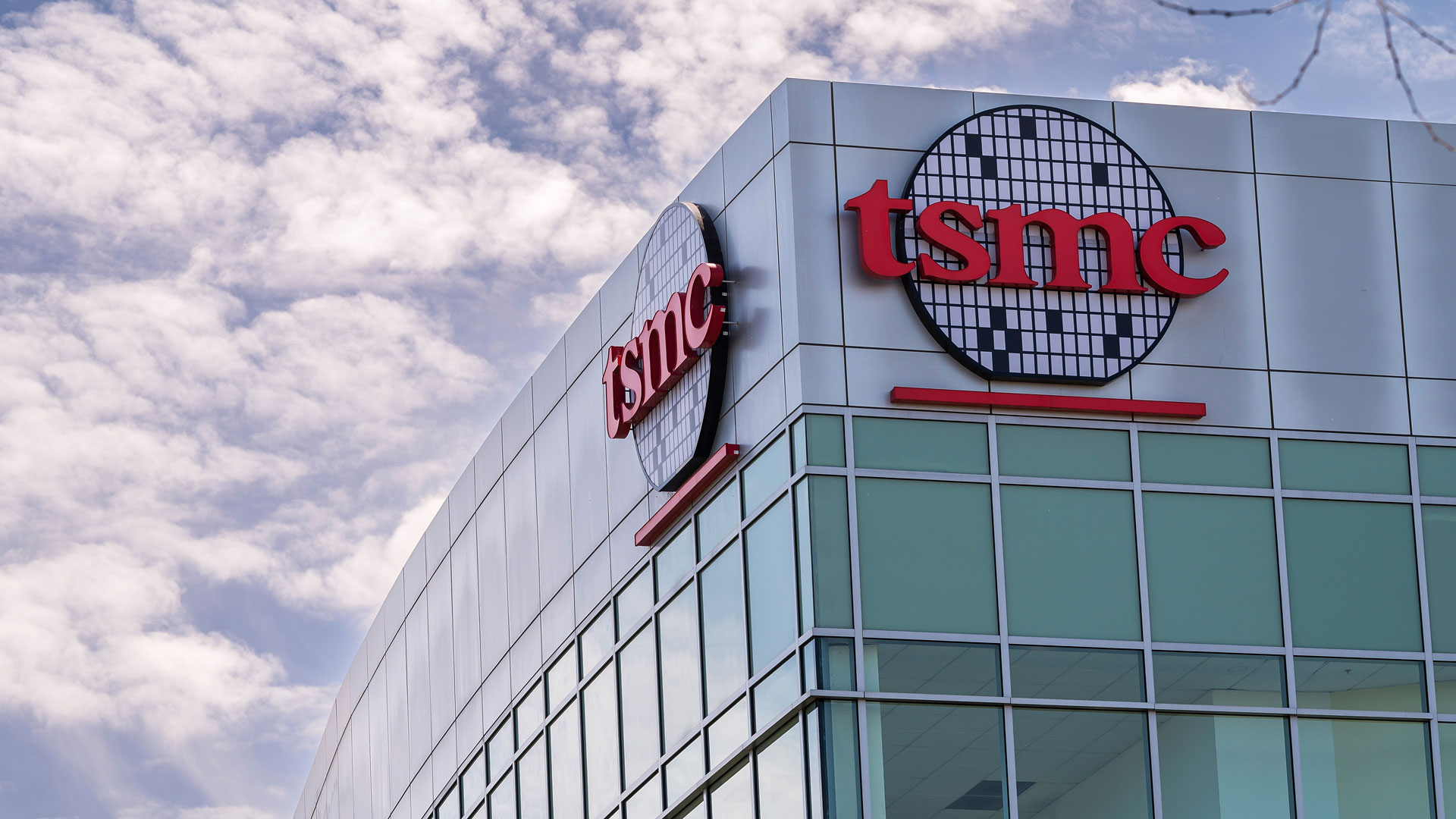TSMC to reportedly speed up fab building in the US, third fab to begin construction this year

It took TSMC around five years to build the first module of its Fab 21 near Phoenix, Arizona, from groundbreaking to production start. This is significantly longer than the company takes to construct a fab in Taiwan. But now that TSMC's executives in the U.S. have learned how to build fabs in America, the world's No. 1 contract chipmaker plans to build its U.S. production facilities at a pace comparable to one it has in Taiwan (about two years), reports Nikkei. As always, there are a couple of caveats.
Building Fab 21 module 1 took nearly five years due to labor issues, soaring costs, and cultural barriers. However, now that all the potential construction bottlenecks and reliable contractors have been identified, it should be easier and faster for TSMC to build new Fab 21 modules at a pace closer to its usual two-year timeline in Taiwan. TSMC has not officially confirmed whether it will match its domestic build speed in the U.S. However, Nikkei says the company plans to start constructing its third fab in the U.S. — Fab 21 module 3 — this year.
"After a painful learning curve, we have finally connected most of the dots and know which local construction contractors we can work with in building new plants," a TSMC executive told Nikkei.
Currently, the company is finishing equipment installation into its Fab 21 module 1 and then plans to move tools into its Fab 21 module 2 once its construction is complete. TSMC expects to start trial production of chips using its 3nm-class process technologies (N3B, N3E, N3P, N3X, etc.) at Fab 21 module 2 sometime in 2026 and then initiate high-volume manufacturing there by 2028, just as planned.
Now, if TSMC indeed plans to build its 2nm-capable Fab 21 module 3 in about two years, then it can indeed speed up production of chips on its N2-series and A16 (1.6nm-class) process technologies in the U.S. If the facility is ready and equipped in the second half of 2027, then it can potentially start technology transfer from Taiwan. If everything goes well, trial production could begin sometime in 2028, and volume production could commence in 2029.
However, the big question is whether TSMC can get all the necessary tools on time if it significantly speeds up the construction process. Companies like ASML and Applied Materials have backlogs worth billions of dollars, and to speed up their lead times, they need to build new production capacities, so it is not easy for them to ship a tool earlier than initially agreed upon. Although TSMC would certainly like to expand its production facilities in the U.S. (especially when President Trump threatens the industry with tariffs), it can barely get fab equipment significantly faster.
Get Tom's Hardware's best news and in-depth reviews, straight to your inbox.

Anton Shilov is a contributing writer at Tom’s Hardware. Over the past couple of decades, he has covered everything from CPUs and GPUs to supercomputers and from modern process technologies and latest fab tools to high-tech industry trends.
-
usertests A16 will be a well-regarded node for using GAAFETs and backside power delivery, so it will be nice to have it here. I don't think any significant details have come out yet about nodes after A16.Reply -
Constellar Phoenix is such a beautiful city the people they're going to import from Taiwan are going to love it here. Beautiful homes, wide, uncongested streets, awesome mountain views I can easily see why TSMC chose Phoenix over some other part of the world. It's like a paradise here...Reply